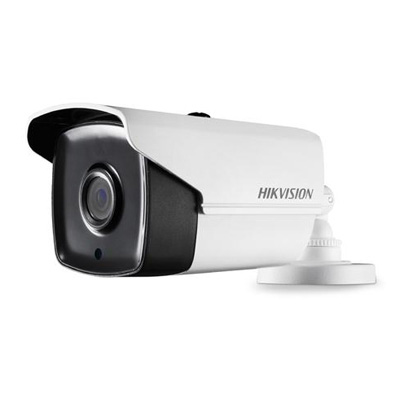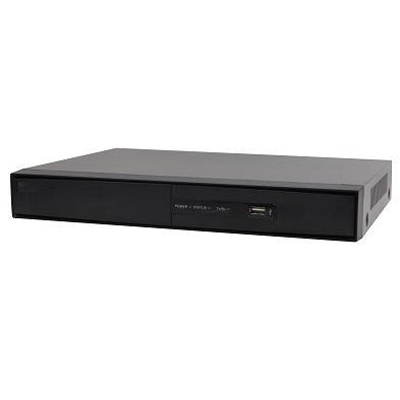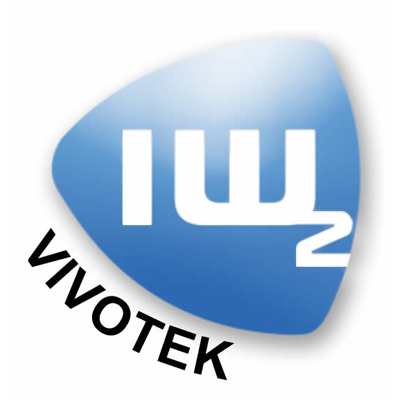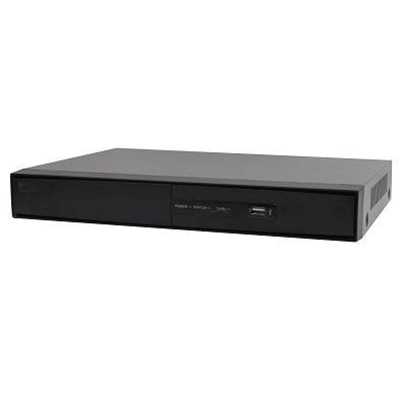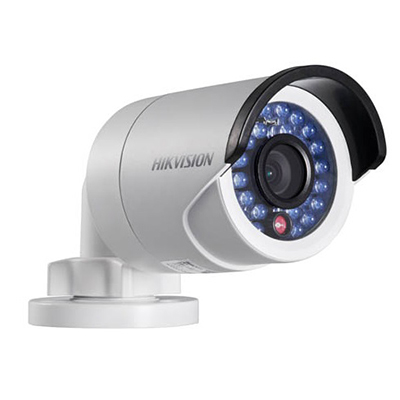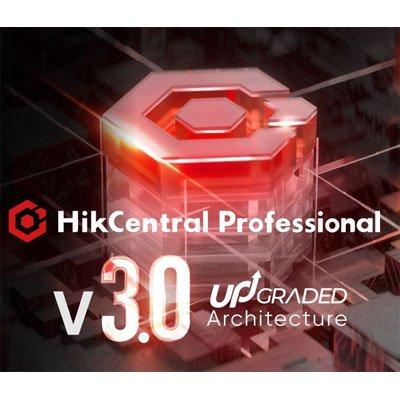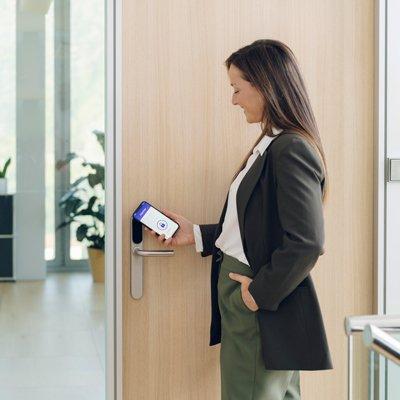The past
Looking back at the way DVRs came to dominate the CCTV sector, it is learnt a little from history; the first Digital Video Recorders on the market were PCs with capture cards and recording software. As demand increased manufacturers invested in developing ‘stand-alone’ appliances. These DVRs used hardware to digitise the video channels and store the data on hard drives without using a PC. As time went on the prices came down the functions improved and most importantly, end users became comfortable using these devices.
Meet Steve Hu
4 years ago Steve and his R&D team realised that history would probably repeat itself so they decided to do the difficult thing and to develop a hardware based solution that would be as easy to operate as a DVR, but deliver the HD quality that IP now offered. It would also be simple to install and configure enabling security installers to transition to IP technology.
The challenge
Back then there were no Application Specific Processors capable of decoding that many channels of HD and displaying them simultaneously on one screen. Undaunted, Steve and his team began working on the architecture and operating system whilst collaborating with the leading chip developers to bring the technology to life. This period enabled some other ideas to flourish; a touch screen interface that allows multi-touch operation like digital zoom and image panning with an icon based menu system that will be familiar to smart phone users around the world.
The right thing
It hasn’t been easy, it has taken a long time and a massive R&D investment by LILIN, but as a manufacturer of DVRs and IP cameras, Lilin only had to look back a few years to see where the future might lead. It would have been easier to develop software or rely on third party software developers but Lilin was aware of what the market would want, what the installers were comfortable with and what end users liked.
The present
Skip forward to the IP recording solutions of today and the vast majority are PC based running Network Video Recording software. In some of the very large systems this may always be the case but the majority of camera systems are 36 channels or less. If you look at the biggest users of cameras, retailers – they typically have less than 16 cameras per store. Generally these users prefer not to have to rely on PCs for operating their systems.
The future
So now the time has come for the standalone NVR; an appliance capable of recording HD quality IP video streams but offering the familiarity and ease of use that DVR users expect. However this is more of a challenge than most realise; recording and displaying 16 HD channels in real time requires some heavy duty processing power, hence why PCs have remained dominant to date.
You must see this
The NVR Touch offers stunning HD quality recordings at real time for up to 16 channels; multiple NVRs can be controlled by our free CMX central management software providing 72 channels across two monitors. It can be controlled by the front panel like a traditional DVR, by the IR remote control, by our standard joystick keyboard or the wonderful touch screen option. Users can also connect directly via a web browser or a wide range of mobile devices and tablets.
The solution
In May this year LILIN unveiled the NVR Touch. Steve’s team have developed a single PCB to deliver all this functionality. It has been packaged into a DVR form with front buttons and a jog shuttle control, plus a DVD writer and USB socket for copying recordings. The board can support 8 SATA drives so the larger HD format files can be stored for long periods. Lilin were able to carefully cost engineer the hardware meaning the end product is not much more expensive than a good quality DVR and less expensive than PC based NVRs. As with DVRs there are no license costs at all for this NVR.







